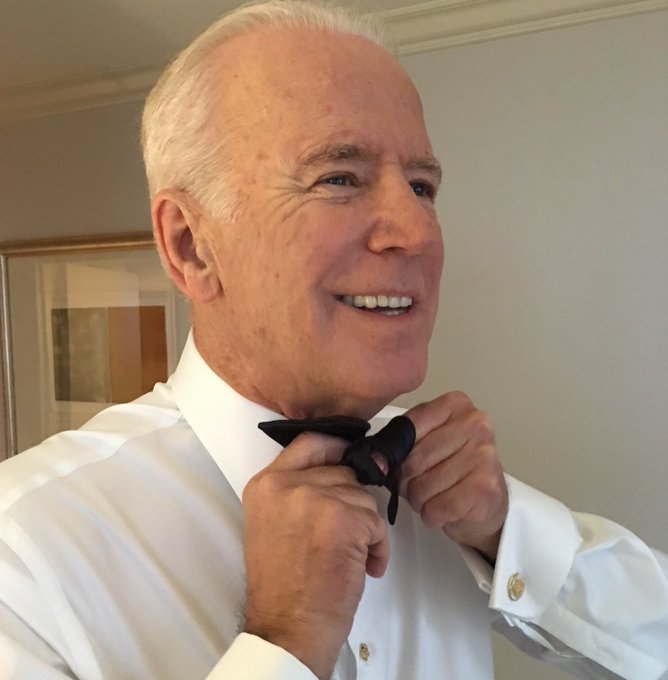Sign up for The Media Today, CJR’s daily newsletter.
For years now, the White House Correspondents’ Association Dinner has been a bad look for journalism. At a time when Americans increasingly say they don’t trust the media, and when many people believe the mainstream press is a tool of the establishment, the optics of a ballroom full of reporters in formal dress surrounded by the people they are supposed to cover grow worse by the year.
Saturday’s event was more of the same, despite emotional shout-outs to Brittney Griner and the parents of Evan Gershkovich, all of whom were in the audience. The complaint most leveled against the national press is that it doesn’t understand—and so doesn’t cover—the issues that matter most to Americans, in particular kitchen-table issues like the cost of housing and education. The relatability gap is only reinforced by the images of reporters in black ties and gowns in a DC ballroom. (The New York Times rightly decided a few years ago not to participate in the event, though that didn’t stop the paper from running a best-dressed list from the party over the weekend.)
And yet, occasionally, an important truth manages to break through. This year, that moment came when The Daily Show’s Roy Wood Jr., who was hosting the event, noted that the dinner contrasted with one of the most intractable problems in the news business.
“The issue with good media is that most people can’t afford that,” said Wood, whose father, Roy Wood Sr., was a trailblazing journalist who cofounded the nation’s first Black radio network. “All the essential, fair, and nuanced reporting is stuck behind a paywall. People can’t afford rent. People can’t afford food. They can’t afford an education. They damn sure can’t afford to pay for the truth.”
Wood was getting at one of the most consequential questions facing the news: how to pay for it at a time of severe economic insecurity and amid a business-model collapse in how journalism is funded. A tiered system has emerged, with high-quality news outlets like the Times and the Washington Post that depend on subscriptions for support sitting atop a heap of free news providers fueled by social media. High-end nonprofit outlets offer their work for free, but many of them are dependent on rich philanthropists to keep growing. The bottom tier is local news, where the prognosis is the most grim: according to estimates from the Boston Consulting Group, as much as $1.75 billion a year in investment is needed to shore up local news in America—an amount of money that no company or individual has so far shown the willingness to provide.
Other than broadcast TV, then, the picture is economically dire: news either comes with a steep price tag, or it is subject to the whims of billionaires, who, as Elon Musk has shown us, don’t always have the best interests of an informed electorate at heart.
Journalists and their backers tend to look at this as a news-industry PR problem: How do we persuade people to pay for us, or to view news as an essential service, akin to the police department or the water utility? It’s a worthy question, but it sidesteps the problem that Wood highlighted so effectively. What if high-quality news, at its current subscription price, is simply unaffordable for many Americans, especially the people who stand the most to lose from the nation’s unequal economic, education, and health systems? How can a democracy work when so many of its citizens are deprived of the information they need to make informed choices about their own government?
There has been much talk recently, including by CJR, about the threats to democracy in the US and around the world and how a functioning news business is a counter to that. The affordability of news complicates that conversation.
It’s a tension worth remembering this time next year, as the champagne chills and the fancy outfits come out of the closet to toast a news industry that increasingly is out of reach.
Has America ever needed a media defender more than now? Help us by joining CJR today.



